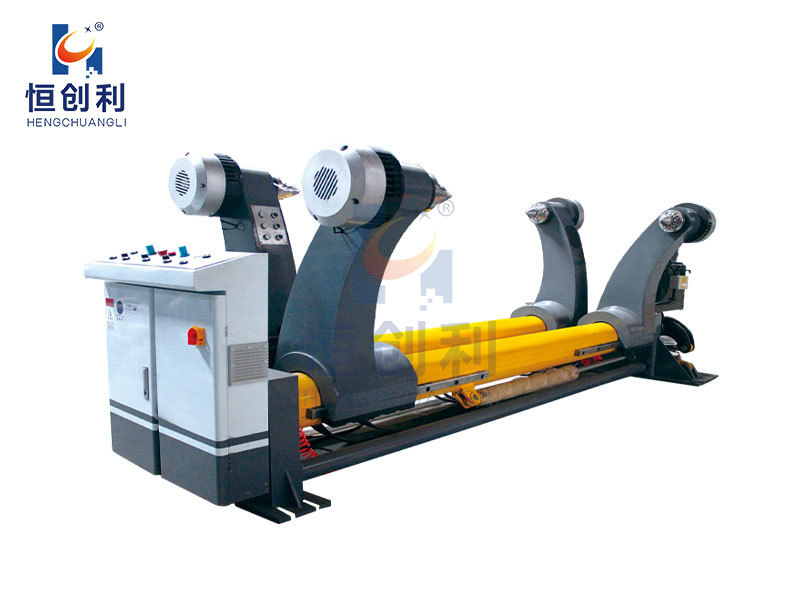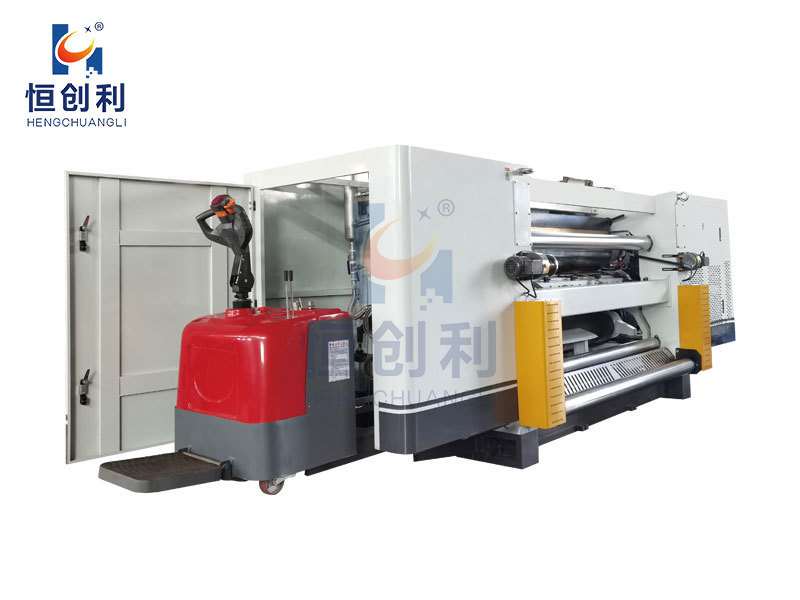Contact us
Phone: +86-13001445333
WhatsApp: +8613001445333
Chengnan Industrial Park, Dongguang County, Hebei Province, China






Manual die cutting
- 产品描述
-
Overview
The thin knife slitting and pressing machine is a substitute for the original angle slitting and pressing machine. The corrugated cardboard cut with it has a flat, smooth edge, straight and non debonding corrugations, which improves the appearance quality of the cut.
The slitting blade is equipped with a grinding device that can maintain the wind force of the thin blade edge. Each group of thin blades can adjust the cutting depth independently, which can make the cutting depth of the old blade consistent, or according to the requirements of paper splitting, a certain blade can be detached from the paper splitting work. This machine runs smoothly, with low noise and good paper separation quality, making it an ideal equipment for users to improve their competitiveness in cardboard boxes.
Parameters
Model specifications BFQ1800 BFQ2000 BFQ2200 BFQ2400 Distance between wall panels 1800 2000 2200 2400 Maximum paper separation width 1700 1900 2100 2300 Minimum paper width 180 Minimum paper separation length 470 Minimum pressure line width 60 Maximum speed (m/min) 130 Number of cuts Four knives or according to user requirements Number of pressure lines Six line or according to user requirements Processing cardboard thickness 2.5-10 Motor power (KW) 4.0 Main Structure and Adjustment
1. The thin knife slitting machine is driven by an electromagnetic infinitely variable speed motor, using a first stage V-belt and chain transmission to transmit power to the pressure roller, paper slitting thin knife, and paper guide roller. The wire pressing wheel can be used to move along the axial direction. After the wire pressing position is determined, the fastening screws of the wire pressing wheel can be tightened. Sometimes, the lower wire pressing wheel needs to be turned, and the axial adjustment can only be made when the fastening screws are exposed.
2. The thin paper knife group is fixed at the front end of the small knife holder, and the rear end of the small knife holder and the large knife holder are fitted together on a hexagonal shaft through a large synchronous belt wheel. The large and small knife holders are bolted together to form a complete knife holder. The rotation of the hexagonal axis drives the thin knife to rotate through synchronous belt transmission. The large knife frame is suspended on the rack shaft, and a gear adjustment wrench is inserted into the adjustment hole of the large bracket pressing sleeve to move the entire knife group left and right. However, before adjusting, the fastening bolts of the clamping sleeve should be loosened first. After the position of the thin knife is determined, the fastening bolts should be tightened.
3. A pair of sharpening grinding wheels are installed diagonally above the paper splitting thin knife, which are driven up and down by a cylinder. When the grinding wheels come into contact with the rotating thin knife, sharpening is performed. This machine is equipped with two functions: manual sharpening and automatic sharpening to maintain the sharpness of the thin blade edge.
4. When loosening the fastening bolts of the large and small brackets, the thin knife can be lifted or lowered. It is advisable to insert the thin blade edge into the lower blade by 1.5-2 millimeters during work, as excessive penetration may result in burrs. If a certain group of thin knives does not need to work, they can be lifted up.
5. There are four air throttle valves installed on the upper crossbeam of the machine, which control the air supply to the cylinders of four sets of grinding wheels. Closing a certain air throttle valve can stop the operation of this cylinder. Normally, all four air throttle valves should be opened. Only when a certain blade group is lifted and not working, can the corresponding air throttle valve be closed.
6. When automatic sharpening is required, turn the rotary knob to the automatic position. At this time, the sharpening time and stopping time can be set. The grinding wheel can automatically sharpen or stop according to the set time. When manual sharpening is required, turn the rotary knob to the manual position, press the jog sharpening button to move the grinding wheel downwards for sharpening, and leave the button to retract the grinding wheel.
7. The adjustment of the grinding wheel should be carried out while the machine is stopped. Loosen the two bolts fastened to the grinding wheel holder on the cylinder, move the cylinder so that there is a gap of 1.5 millimeters between the lower edges of the two grinding wheels and the thin blade edge, and then tighten the cylinder. Place the M8 hex wrench (6mm each) flat between the cylinder and the grinding wheel seat. Then, contact the flat surfaces of the two grinding wheels with the thin blade edge, tighten the grinding wheel assembly, remove the M8 hex wrench, and the position of the grinding wheels is adjusted. The supply pressure of the cylinder should be adjusted within the range of 0.3-0.4Mpa.
8. The gap between the upper and lower pressure line wheels and the upper and lower paper guide rollers is adjusted using eccentric gears. Loosen the fastening screw of the top tightening adjustment shaft on the side of the wall panel, and use a wrench to rotate the hexagonal adjustment shaft to adjust the paper clearance of the upper and lower pressure line wheels (or upper and lower guide rollers). After adjustment, tighten the fastening screw.
Usage and maintenance
1. Before starting the machine, the user manual should be read first to understand the structure and performance of the machine, and to be familiar with the operation and usage methods. When connecting the power cord, the electrical system should be checked to ensure that there is no escape before turning on the power. Start the motor, turn on the speed control switch, slowly rotate the speed control knob clockwise. The machine will transition from low speed to high speed for idle running test, and check whether the rotation direction of the working part meets the requirements. After confirming that it is running normally, the cardboard can be delivered for work. When it needs to be shut down, turn the speed control knob back to zero, disconnect the speed control switch, press the main engine stop button, and turn off the air pump.
2. The machine should be placed on a flat and sturdy concrete floor.
3. Each shift should use a white cloth dipped in gasoline to wipe the rack shaft and pressure line shaft clean, and remove any waste and dirt that may fall during standing up work.
4. Regularly apply a small amount of lubricating grease on the chain.
5. When delivering cardboard, do not approach the wire roller with your hands to avoid accidents.
6. The thin blade edge is very sharp, please do not approach it to avoid scratching.
1. Five paper splitting blades in front and behind, and ten hard alloy blades.
2. The narrowest cut between knives is 70 millimeters.
3. The narrowest cutting distance between the front and rear knives is 35mm for cardboard.
4. The leading edge paper feeding system adopts (dragon gold leading edge).
5. The minimum paper feeding distance at the leading edge is 300 millimeters, and the maximum paper feeding distance is 2 meters.
6. Motor brand (Dongfang Electric Machinery Co., Ltd.) 7.5 kW.
7. Variable frequency adopts (Zhejiang Zhongdrive).
8. The rubber shaft is made of wear-resistant high-temperature rubber.
9. Rubber shaft with a diameter of 104, 2 pieces, Ф86, 8 pieces.
10. The bearings are from Zhangjiagang Wanxiang brand.
11. The working speed is 50-100 pieces per minute.
12. The host wall panel is made of wear-resistant casting material.
Keywords:










